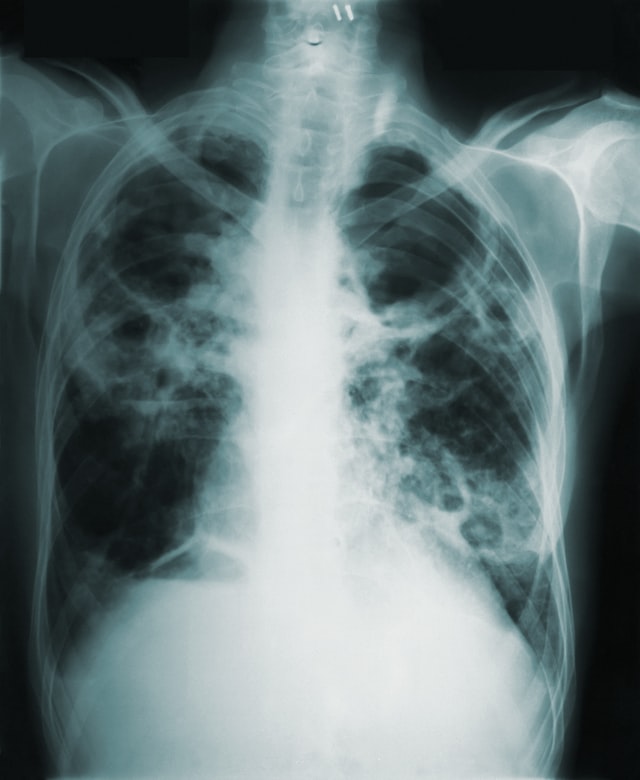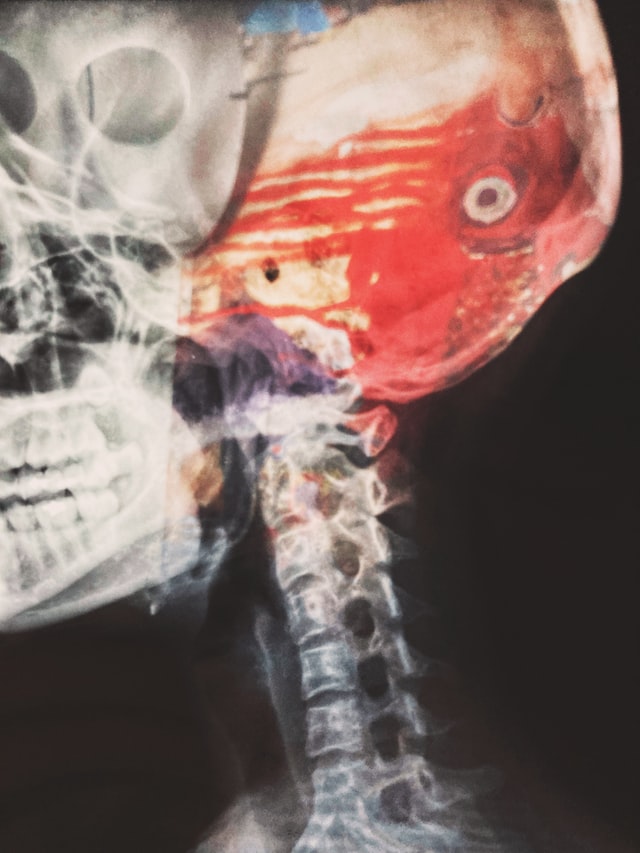Exams & Subspecialties
Vesta offers nighthawk radiology services, daytime radiology services, and weekend/holiday coverage services. Our Teleradiology services supports hospitals in the treatment of patients around the clock without overextending its current staff.
MODALITIES AT VESTA
X-Ray:
X-Ray Is a radiation called Electromagnetic Waves that creates pictures of the inside of the body. The images show parts of the body in different shades of black and white. This is because different tissues absorb different amounts of radiation. Calcium in bones absorbs x-rays the most, so bones look white. Fat and other soft tissues absorb less and look gray. Air absorbs the least, so lungs look black for example.
Ultrasound:
Ultrasound imaging uses sound waves to produce pictures of the inside of the body. It is used to help diagnose the causes of pain, swelling and infection in the body’s internal organs and to examine a baby in pregnant women as well as the brain and hips in infants
Magnetic Resonance Imaging (MRI):
MRI uses a strong magnetic field and radio waves to create detailed images of the organs and tissues within the body.
Computed tomography (CT or CAT):
CAT Scan uses a narrow X-ray beam that circles around one part of the body. This provides a series of images from many different angles. A computer uses this information to create a cross-sectional picture
Mammography:
Mammography is specialized medical imaging that uses a low-dose x-ray system to see inside the breasts. A mammography exam, called a mammogram, aids in the early detection and diagnosis of breast diseases in women.
ECHO-CARDIOGRAM (Echo):
Echo is a graphic outline of the heart’s movement. During an echo test, ultrasound (High-Frequency Sound Waves) from a hand-held wand placed on the chest provides pictures of the heart’s valves and chambers and helps the Sonographer evaluate the pumping action of the heart.
Positron Emission Tomography (PET) scan:
PET Scan is an imaging test that helps reveal how tissues and organs are functioning. A PET scan uses a radioactive drug (Tracer) to show this activity. This scan can sometimes detect disease before it shows up on other imaging tests.
Electrocardiogram- EKG or ECG :
EKG/ECG is a test that measures the electrical activity of the heartbeat. With each beat, an electrical impulse or “Wave” travels through the heart. This wave causes the muscle to squeeze and pump blood from the heart.
Dual-Energy X-ray Absorptiometry (DXA, previously DEXA):
DEXA/DXA is a way of measuring Bone Mineral Density (BMD) using spectral imaging. Two X-ray beams, with different energy levels, are aimed at the patient’s bones.
SUB-SPECIALTIES
Breast imaging:
Breast Imaging is the radiology sub-specialty devoted to the diagnostic imaging and diagnosis of breast diseases and conditions. This includes Mammography, Breast Ultrasound, Breast MRI, and Breast Procedures such as Breast Biopsy.
Cardiovascular Radiology:
Cardiovascular is the radiology sub-specialty devoted to the diagnostic imaging and diagnosis of diseases of the heart and vascular or circulatory system (including blood and lymphatic vessels). This includes X-Rays, CT (Computed Tomography or CAT), Ultrasound and MRI.
Chest Radiology:
Chest Radiology is he radiology sub-specialty devoted to diagnostic imaging and diagnosis of diseases of the chest, especially the heart and lungs. This includes X-Rays, CT (Computed Tomography or CAT), Ultrasound, MRI and chest procedures, such as lung biopsy and thoracentesis or drainage of fluid from the chest.
Emergency Radiology:
Emergency Radiology is the radiology sub-specialty devoted to the diagnostic imaging and diagnosis of trauma and non-traumatic emergency conditions. This includes X-Rays, CT (Computed Tomography or CAT), Ultrasound and MRI.
Gastrointestinal (GI) Radiology :
Gastro Radiology is the radiology sub-specialty devoted to the diagnostic imaging and diagnosis of the gastrointestinal (GI) or digestive tract (the stomach and intestines) and abdomen. This includes Fluoroscopy, X-Rays, CT (Computed Tomography or CAT), Ultrasound, MRI, and GI procedures such as biopsy and fluid and abscess drainage.
Genitourinary Radiology:
Genitourinary is the radiology sub-specialty devoted to the diagnosis and treatment of the organs of the reproductive and urinary systems. This includes X-Rays, CT (Computed Tomography or CAT), MRI and procedures such as biopsy, kidney stone removal, and uterine fibroid removal.
Head and Neck Radiology:
The radiology sub-specialty devoted to the diagnostic imaging and diagnosis of diseases of the head and neck. This includes X-rays, CT (Computed Tomography or CAT), Ultrasound and MRI.
Musculoskeletal Radiology:
MSK is the radiology sub-specialty devoted to the diagnostic imaging and diagnosis of the muscles and the skeleton. This includes X-Rays, CT (Computed Tomography or CAT), Ultrasound and MRI.
Neuroradiology:
Neuroradiology is the radiology sub-specialty devoted to the diagnostic imaging and diagnosis of the brain and nervous system, head, neck and spine. This includes X-Rays, CT (Computed Tomography or CAT), Ultrasound and MRI.
Pediatric Radiology:
Pediatric Radiology is the radiology sub-specialty devoted to the diagnostic imaging and diagnosis of diseases of children. This includes X-Rays, CT (Computed Tomography or CAT), Ultrasound, MRI and procedures such as Fluoroscopy, biopsy and drainage of fluid or abscess collections.
Interventional Radiology:
Interventional Radiology is the radiology sub-specialty devoted to the imaging, diagnosis and treatment of patients utilizing minimally invasive interventional techniques. This includes imaging and treatment of the blood vessels (such as Angiography, Angioplasty and Stent Placement), biopsy procedures, line and tube placement, uterine fibroid removal, fluid and abscess drainage. These may be performed with imaging guidance using X-Rays, Fluoroscopy, CT (Computed tomography or CAT), Ultrasound or MRI.
Nuclear Radiology:
Nuclear Radiology is the radiology sub-specialty devoted to the imaging, diagnosis and treatment of patients using trace doses of radioactive material. This includes imaging of the heart, the skeletal system, and most organs in the body (for example the thyroid and parathyroid glands, liver, spleen, kidneys, lungs, etc.). It also includes the treatment of various conditions in the body such as a hyperactive thyroid gland and thyroid cancer. The imaging modalities include gamma imaging, PET, and PET/CT.



Get a Quote
Get a free quote just click on the button
Get a Quote